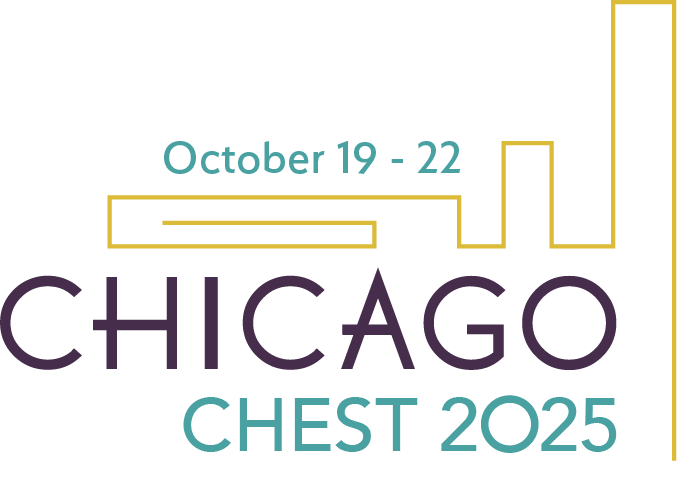
The core definition of pulmonary hypertension (PH) remains a mean pulmonary arterial pressure (mPAP) > 20 mm Hg, with precapillary PH defined by a pulmonary arterial wedge pressure (PCWP) ≤ 15 mm Hg and pulmonary vascular resistance (PVR) > 2 Wood units (WU), similar to the 2022 European guidelines.1 2 There was recognition of uncertainty in patients with borderline PAWP (12-18 mm Hg) for postcapillary PH.
A new staging model for group 2 PH was proposed to refine treatment strategies based on disease progression. It’s crucial to phenotype patients, especially those with valvular heart disease, hypertrophic cardiomyopathy, or amyloid cardiomyopathy, and to be cautious when using PAH medications for this PH group.3

Group 3 PH is often underrecognized and associated with poor outcomes, so screening in clinically stable patients is recommended using a multimodal assessment before hemodynamic evaluation. Inhaled treprostinil is recommended for PH associated with interstitial lung disease (ILD). However, the PERFECT trial on PH therapy in COPD was stopped due to safety concerns, highlighting the need for careful evaluation in chronic lung disease (CLD) patients.4 For risk stratification, further emphasis was made on cardiac imaging and hemodynamic data.

Significant progress was made in understanding four key pathways, including bone morphogenetic protein (BMP)/activin signaling. A treatment algorithm based on risk stratification was reinforced, recommending initial triple therapy with parenteral prostacyclin analogs for high-risk patients.5 Follow-up reassessment may include adding an activin-signaling inhibitor for all risk groups except low risk, as well as oral or inhaled prostacyclin for intermediate-low risk groups.
References
1. Kovacs G, Bartolome S, Denton CP, et al. Definition, classification and diagnosis of pulmonary hypertension. Eur Respir J. 2024;2401324. (Online ahead of print.)
2. Humbert M, Kovacs G, Hoeper MM, et al. 2022 ESC/ERS Guidelines for the diagnosis and treatment of pulmonary hypertension. Eur Respir J. 2024;61(1):2200879.
3. Maron BA, Bortman G, De Marco T, et al. Pulmonary hypertension associated with left heart disease. Eur Respir J. 2024;2401344. (Online ahead of print.)
4. Shlobin OA, Adir Y, Barbera JA, et al. Pulmonary hypertension associated with lung diseases. Eur Respir J. 2024;2401200. (Online ahead of print.)
5. Chin KM, Gaine SP, Gerges C, et al. Treatment algorithm for pulmonary arterial hypertension. Eur Respir J. 2024;2401325. (Online ahead of print.)
